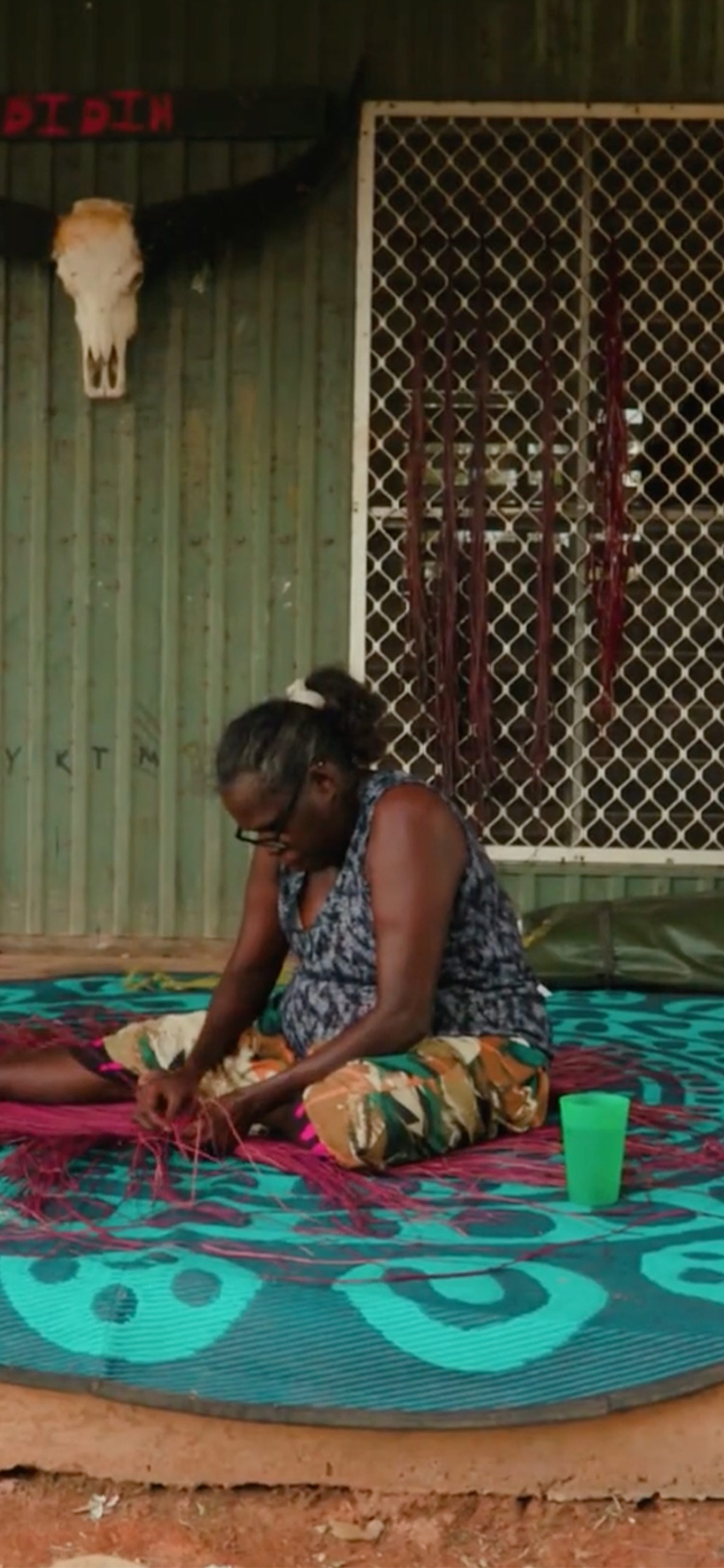
Alchemy
Light, layers and tactility – Alchemy features new commissions by First Nations creative practitioners from across Australia who specialise in natural dyeing techniques. Taking its title from the protoscientific tradition of transforming one kind of material into another, Alchemy uncovers the processes involved in producing pigments and dyes.
Alchemy shares the deep social and cultural knowledge that informs the production of dyed natural fibres. Making the magical tangible, participating Indigenous Art Centres have chosen to work intergenerationally and collaboratively to realise works that have not been attempted in decades or are of completely new design. Extending beyond process, this exhibition shares the wider social and cultural narratives surrounding each of the commissions, such as the matrilineal relationships embedded within industry practice.
'Alchemy is an experiment. There are no wall labels; there are biographical essays detailing the relationship between maker and museum. You won’t find the recipes for colours, botanical names or translations into English if the women chose not to speak English. I travelled to every community and walked Country with them. What I saw. What I heard. What I was shown, is exactly what I brought back. If your questions can’t be answered by what you see, the process can remain a seemingly magical one to you. This is how we teach and learn. This is how we work and live together.'
Coby Edgar, curator, Strategic Projects First Nations, Powerhouse
Produced in partnership with Agency, Alchemy is the first exhibition to be staged at Powerhouse Castle Hill.
Exhibition Stories
‘I travelled to every community and walked Country with them. What I saw. What I heard. What I was shown, is exactly what I brought back. If your questions can’t be answered by what you see, the process can remain a seemingly magical one to you. This is how we teach and learn. This is how we work and live together.’
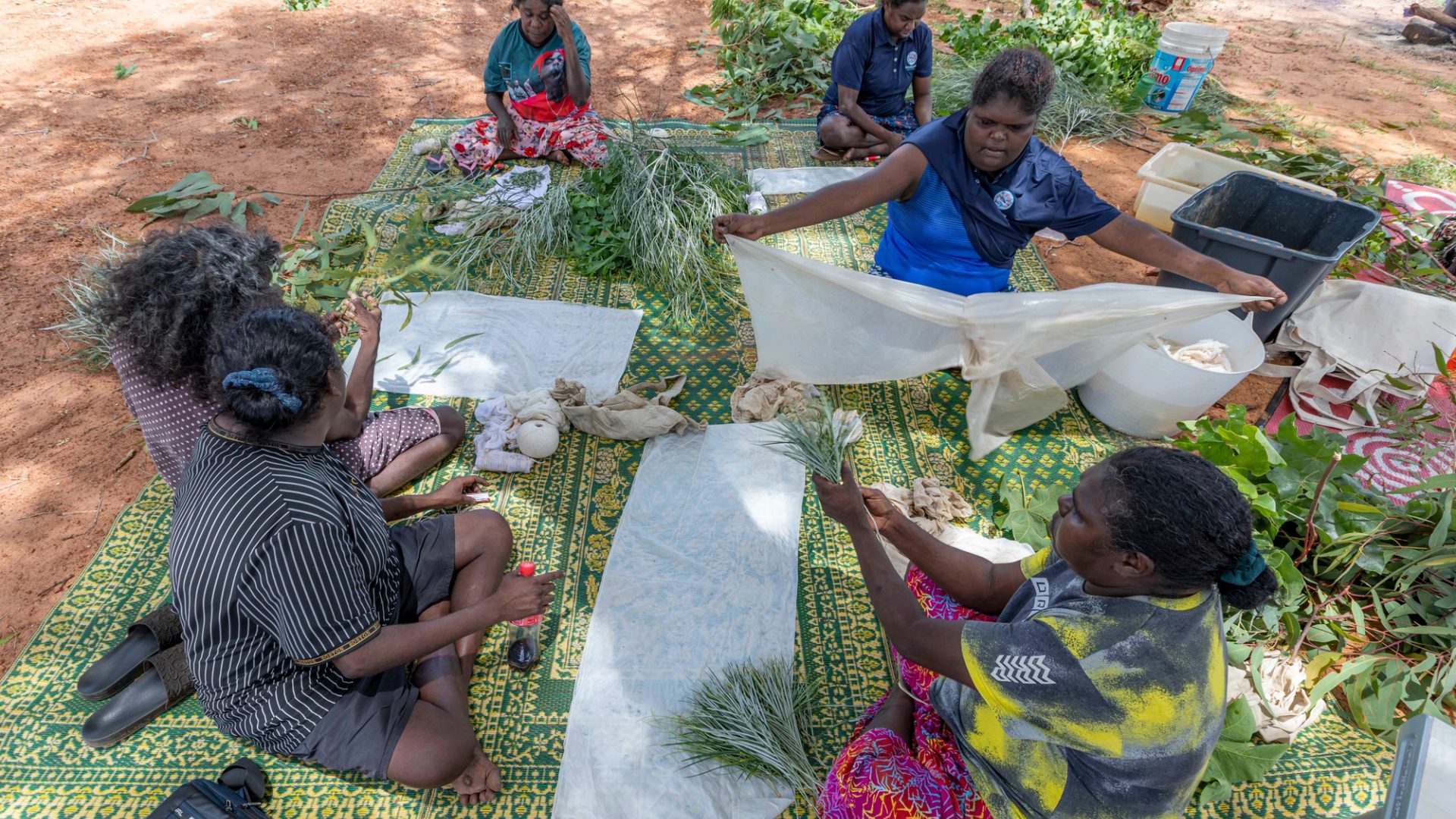
Anindilyakwa Arts Centre
Twenty-two artists from Anindilyakwa Arts created the work Akilagamirdada-Langwa, Akilarrkardidarra-Langwa (wet season west wind and dry season east wind).
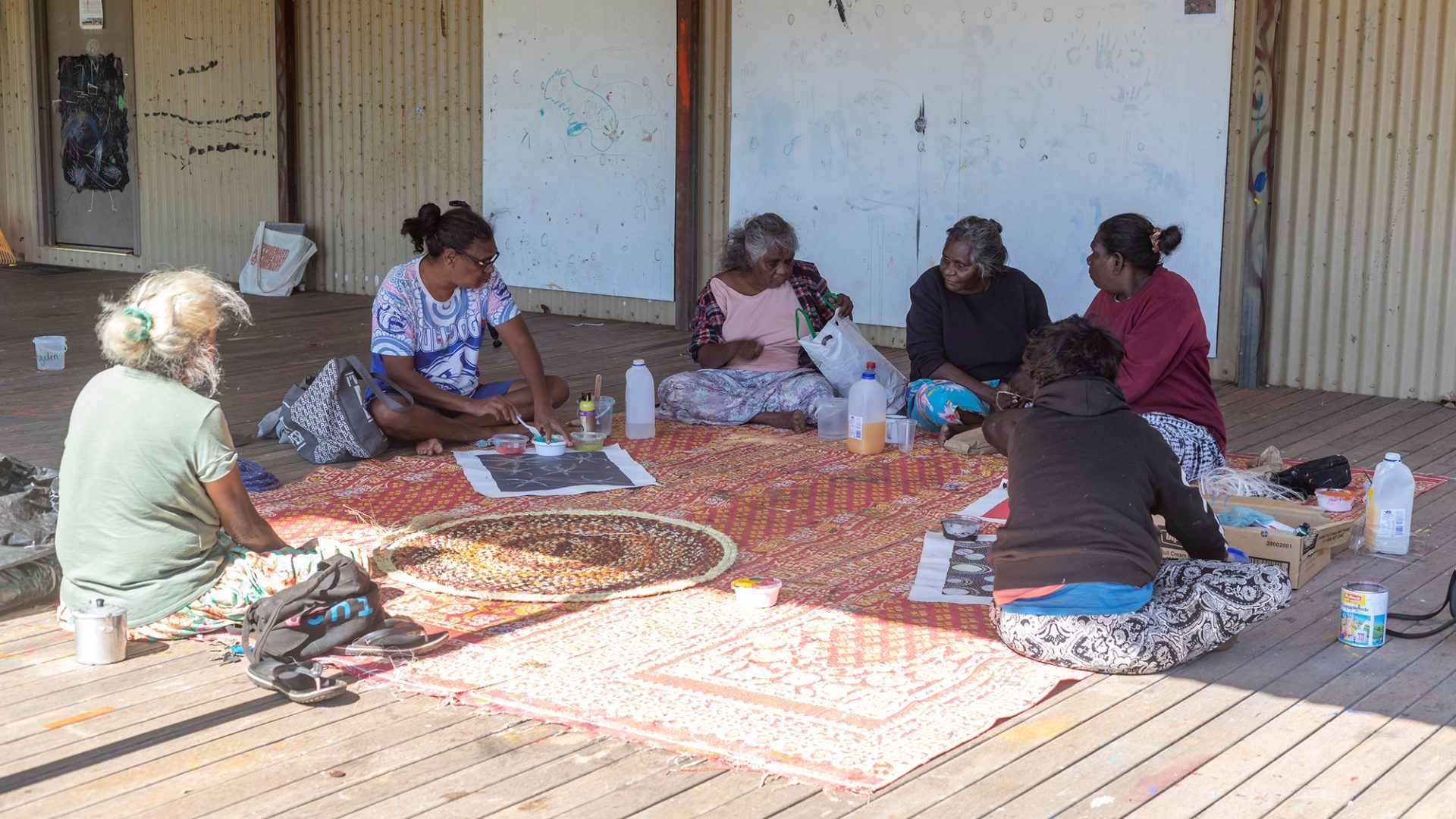
Durrmu Arts and Culture
Regina Pilawuk Wilson and artists from Durrmu Arts created Walipan, the fish trap. It’s displayed unfinished to show the process of making.
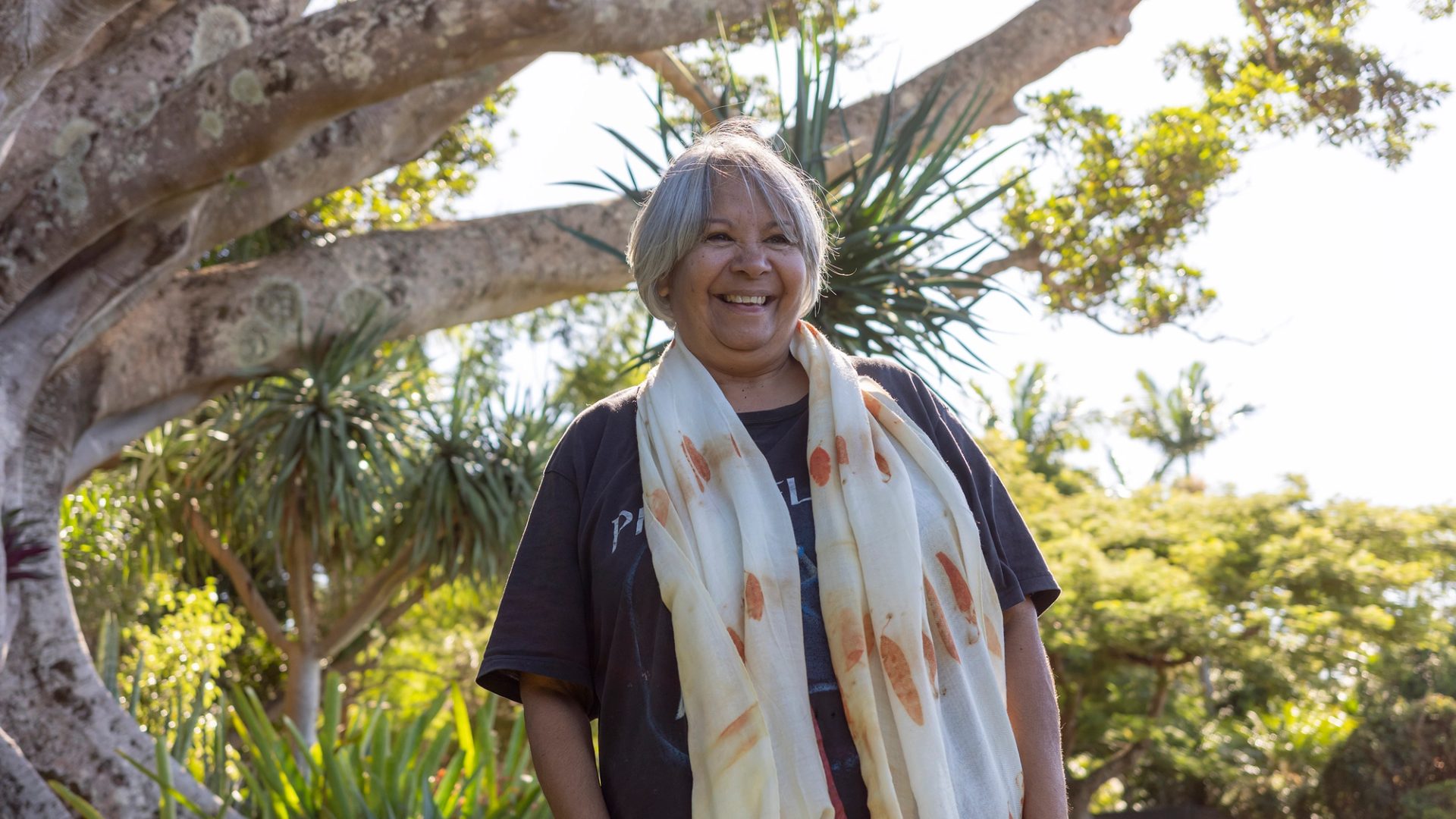
Kay Lee Williams
Alchemy is Kay Lee Williams’ first exhibition, but she has been practicing a variety of art forms for most of her life. Her work is titled Marrambaya (Wrapped).
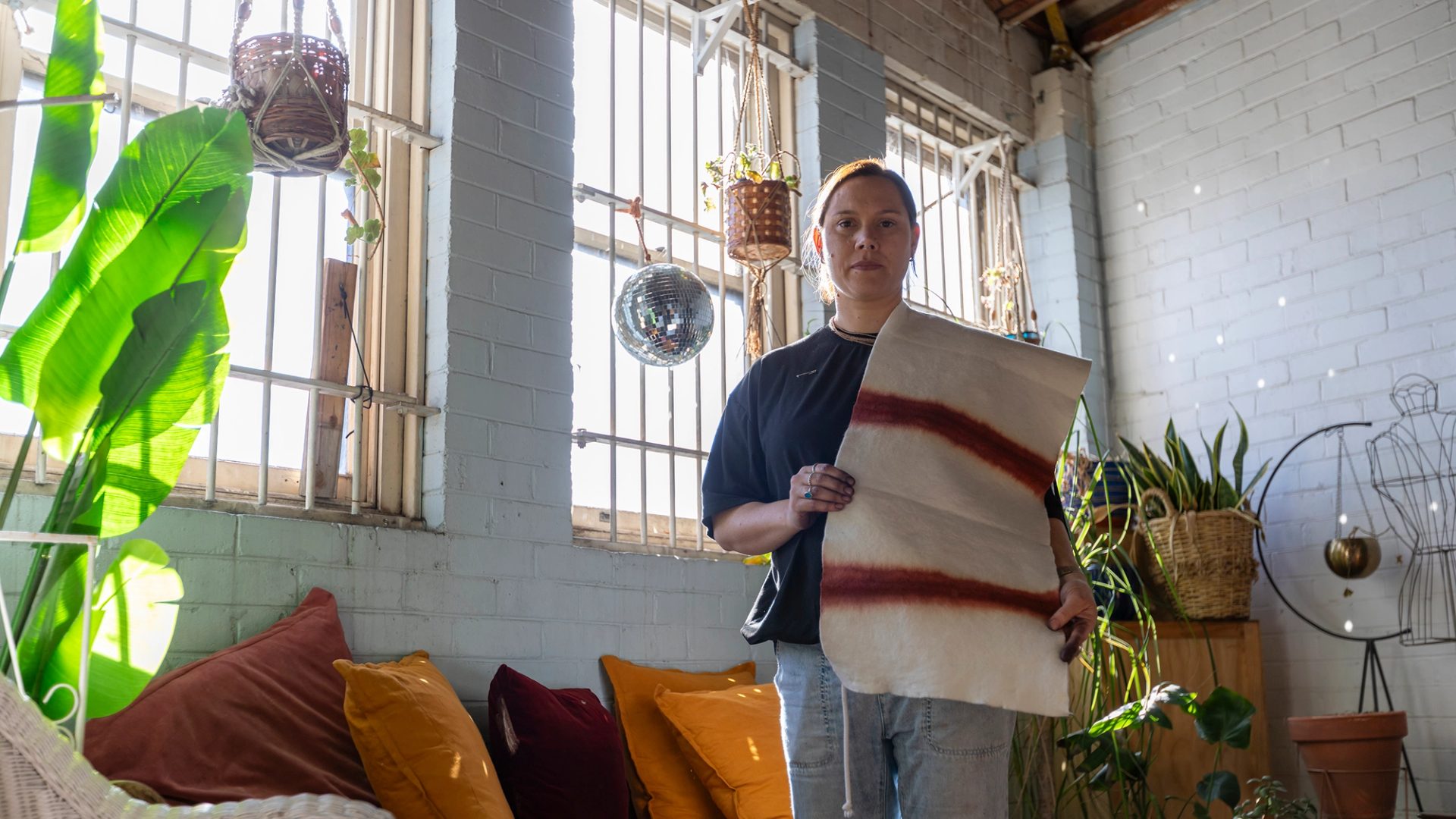
Lucy Simpson
Sydney-based artist Lucy Simpson created Gaay-bidi (big story), a set of woollen cloaks dyed to represent Country along the migration of the bogong moth.
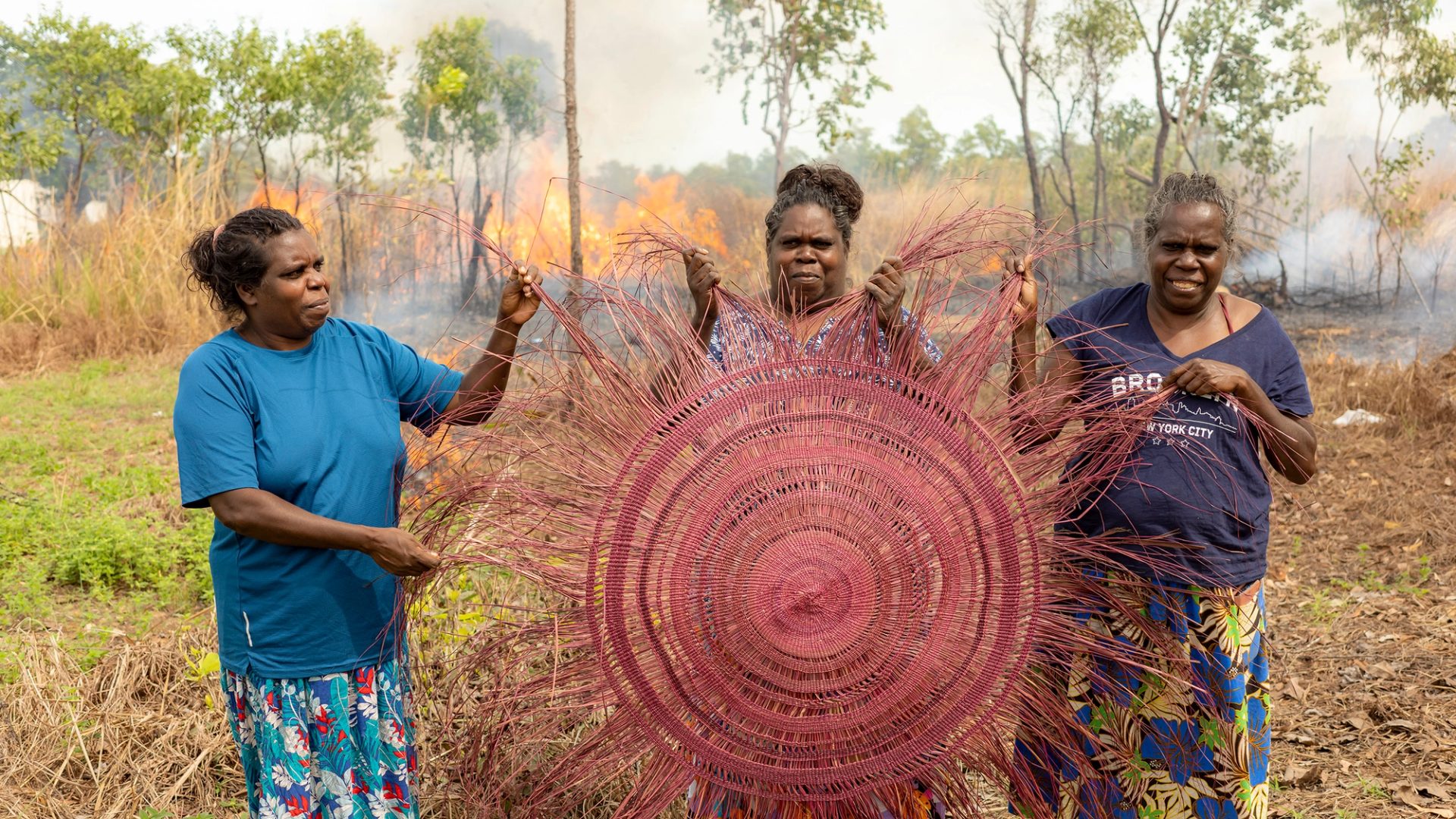
Marrawuddi Arts and Culture
Alchemy curator Coby Edgar sat and yarned with artists from Marrawuddi Arts Centre as they dyed pandanus in shades of pink for their work Marebu.
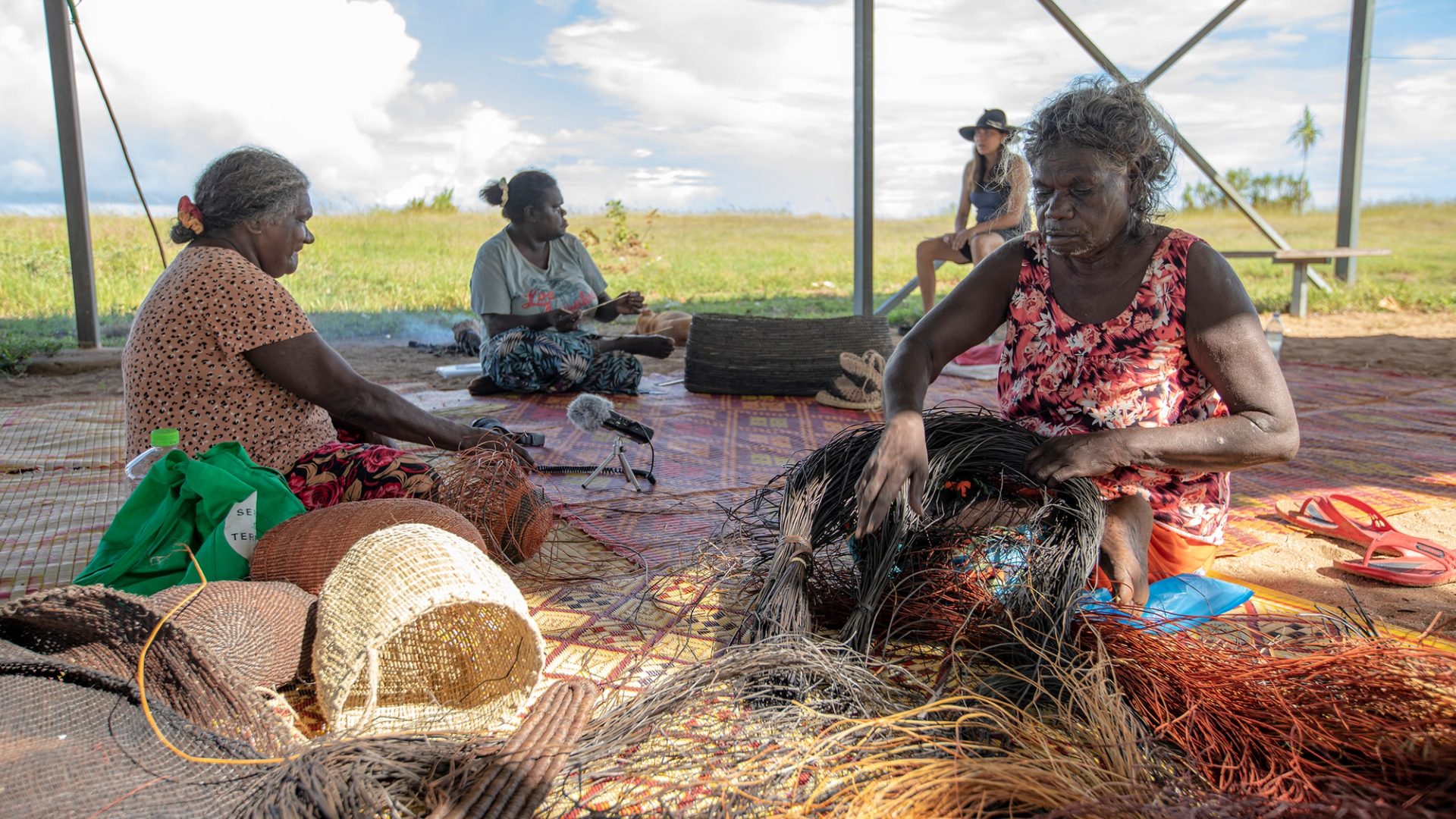
Milingimbi Arts and Culture
Three artists from Milingimbi Arts Centre created black woven forms for Alchemy with the collective title Djinbakara, Miṉḏirr, Gay’wu, Ganybu.
















